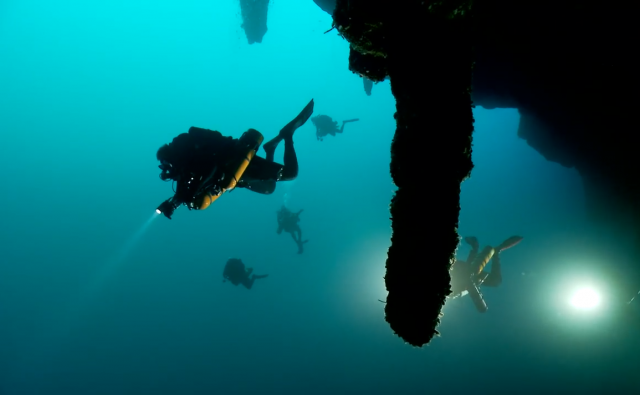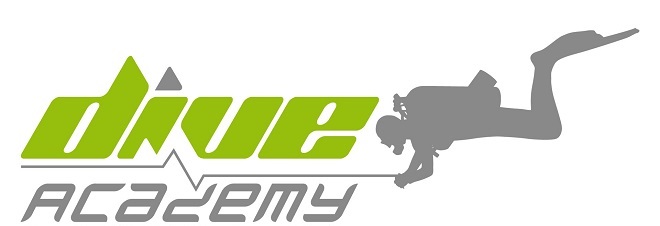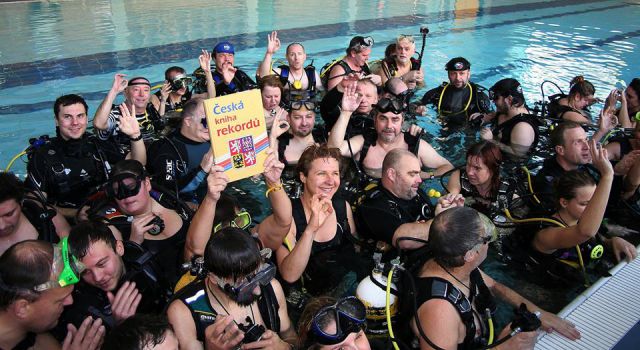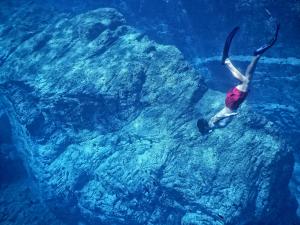Men of Honor – The Truth of Carl Brashear
With the first minutes of the film I began to wonder how it really was with the "men of honor"? Is there at least a bit of truth on the diving story or are we (again) just skilfully seduced by 20th Century Fox entertainment? Right off the bat I have to admit that this really is something, in fact, it is largely true! And the story behind is worth it as well. So, let´s take a look. Who really was Carl Brashear, and what was the story of the first black-American master diver in the United States Navy?
Who was Carl Brashear?
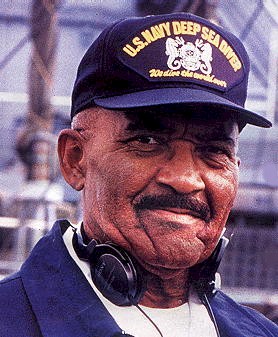
Carl grew up as the son of a poor farmer, from an early age he loved the water, swam and dived, unfortunately often at the expense of his school visiting. Finally, he left the school early and started helping at the local gas station and service. In 1948, when he was 17, he ran away to the Navy, certainly with great dreams of adventure and heroism. But he ended up as the kitchen steward. Nothing for him as he longed for something completely different, but the kitchen was the only chance that might eventually get him on board. He even attended a lifeguard course and „shallow waters diving workshop“ (I´m not quite sure what to imagine under such a strange name).
During the Korean War he served aboard the Tripoli aircraft carrier and here came the fateful moment, a turning point in his life. For the first time he saw with his own eyes the Navy divers. How had the diver looked like then? Just like in the movie. Heavy equipment - U.S. NAVY.
The U.S. Navy used the suits protected by patent, assigned to the production of only a few companies (Morse, Desco, Sroeder). The products were checked by NAVY inspectors and marked with a hallmark. So even though the helmets were mostly the same, they could be made in different factories. Yes, we are talking about the legendary MK V with a characteristically barred windows.
It was a big bite for a young Carl. He immediately decided to become a diver. But beware. At the time we could hardly speak of equality in the army. There was not a single black diver in the NAVY! Carl decided to become the first African-American to do it. He filed a request but was still forced to fight the prejudices and strict rejections. It's hard to imagine what he had to go through before he finally, in 1953, got into the program for deep diver training and then into his dreamed-of diving school "Salvage School in Bayonne." By the way, there he met with another, later the legendary diver Joe Fontana.
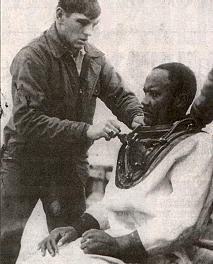
Life's not about light, as he later wrote, there were people who wanted to get him out of the program, overtly or covertly. The film excels here, various scenes happen, events, plot, most embodied especially by a hard (sometimes thick-witted) instructor (Robert De Niro). Yet, in October 1954 Carl fold final exams and became a salvage diver, finally. His military diver life begins.
First, he returns to his mother ship Tripoli. Because of his great skills, already after three months he is transferred to the special diving and rescue boat, Opportune. Here he finally begins a real high professional diver´s life. He can be satisfied from this moment. But that would not be Carl, he wants more. Above all, he wanted to become a truly deep diver, not just the "normal" one with dives just up to 285 feet!! (Personally,I can not imagine it … 90 meters in so heavy equipment, just try something like this).
Therefore, after 7 years, Carl headed to a higher diving school - U.S. Deep Sea Diving School in Washington DC. However, another problems rose up here. Not with the diving, there everything went smoothly, but with the theory. Medicine, physics, physiology, all surely not taught on a farm. In short, the first attempt did not fare well. Carl had to work hard for another three years in the U.S. Armed Forces Institute before returning as a winner and graduating as the 3rd in his class.
Drowned Atomic Bomb
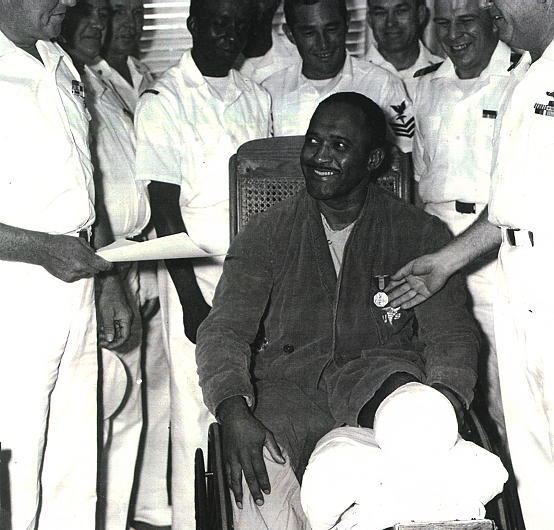
In 1966, it came the twist in Carl's life. On January 17, an American B-52 bomber collided (during the refueling KC-135 aircraft) off the coast of Spain, near the city of Palomares. Well, aviation accidents sometimes happen, but this time, it was something quite exceptional. The B-52 was carrying not just an ordinary stuff, no rations or rag, but four A-bombs!! Cheerio, a serious trouble, nuke of the hardest punching - Mark 28 RI. At that time, Carl served on a special ship Hoist, which was, along with many others, sent to find the bomb until it goes wild. Here, again, I have to return to the movie for a moment. Remember when Carl walks along the sea bottom and gets eventually captured by the Russian submarine? The Holywood producers just wanted to increase the viewership …, OK …, the profit.
In actual fact, most of the work had been done by CURV, Cabel-controled Underwater Recovery Vehicle. However, even to the CURV it took over two months to cope, until March 23, 1966. Nothing against the artists, a film is a film and money does not smell. Anyway, the audience had a great opportunity to get beautifully scared. For us, however, the essential point of this action was still one unfortunate incident which, unfortunately, changed Carl's life for ever. A falling damaged pulley with a rope hit Carl in his leg just below the knee, hard enough to send him into the six hours coma. After transport to the nearest military hospital, doctors confirmed the poor prognosis and the leg had to be amputated. For most mortals a complete tragedy, the end of a normal life. For professional diver definitive end of a career. It is also true, when Carl himself decides on his amputation. In fact, he really did! Hats off.
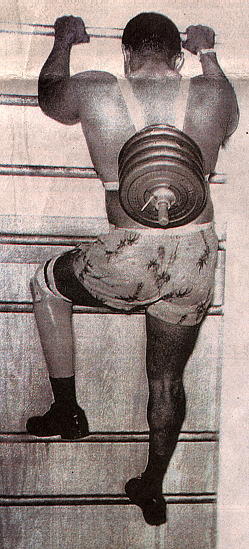
After treatment, Carl was transferred to a military hospital in Philadelphia and for a holiday in naval sanatorium in the port of Portsmouth. There he had to wait for his decommissioning of the Navy and early retirement in March 1967. Yet, they did not know Carl well enough. He had another idea. Diving! Despite considerable skepticism all around, obstacles from all sides and overall bureaucracy resistence, Carl went to school for second class divers in Norfolk. In, He once started such a school. Remember Bayonne? Instructors viewing injuries photos let Carl eventually dive in the original equipment MK V – secretly, of course. Finally, he was invited by the first grade diving school in Washington (here he was, too, remember?). He was subjected to many tests both on land and under water. Even at 290 pounds (130 kg) MK difficult in depth, helium kit. He even had to climb the ladder with the equivalent weight of two air bottles on the back (see photo).
The doctors were amazed. In 1968 they enabled Carl to return to active duty. He remained at 5 different locations for another 12 years! In 1970, Carl Brashear became the first colored U.S. Master Diver. From the ranks of the Navy he retired honorably in 1979. He died of respiratory and cardiac problems in his 75 years, on 25 July 2006.
What to say in conclusion. This time, the U.S. film did not lie or exaggerate. It has perhaps a bit corrected some events to be enjoyed even by those who never dived. But that does not matter. What matters is the truth about Carl. And it is incredible, at least to me.






